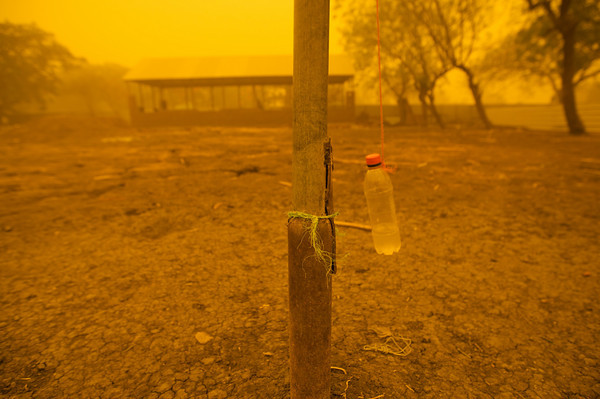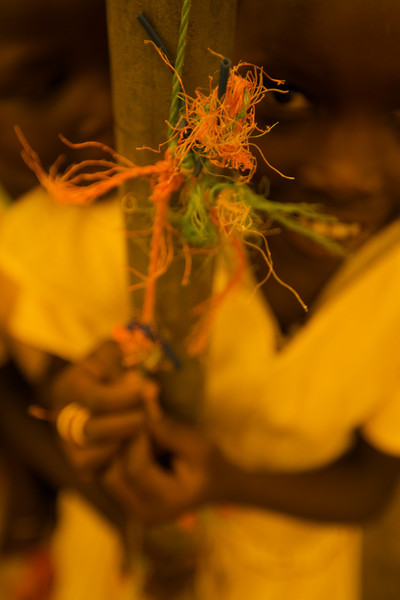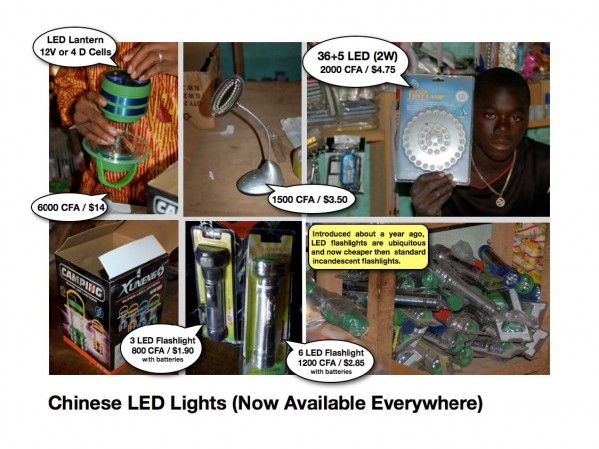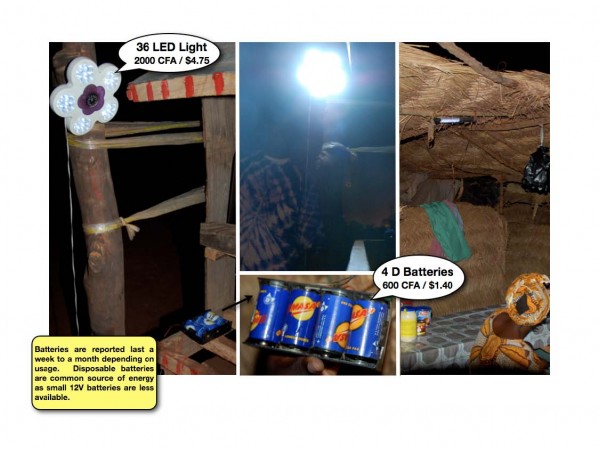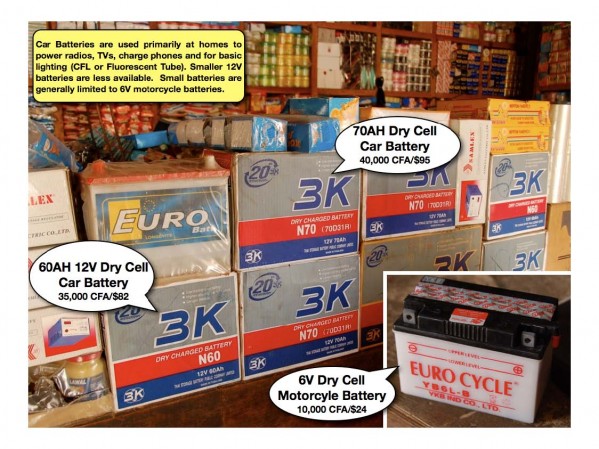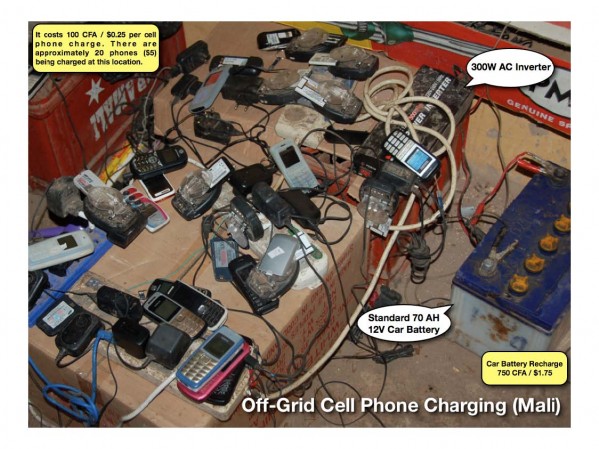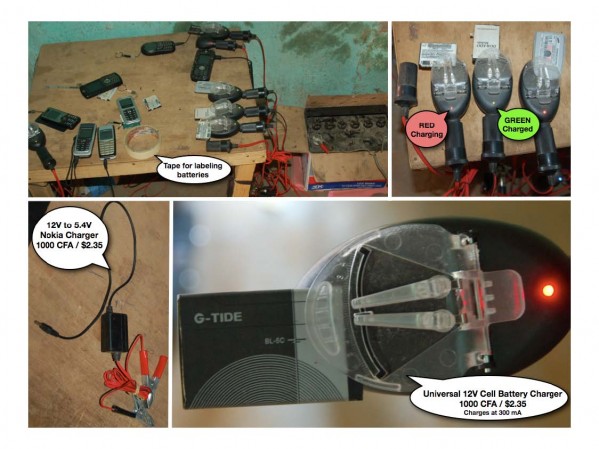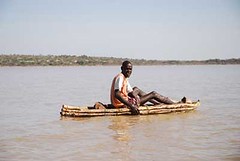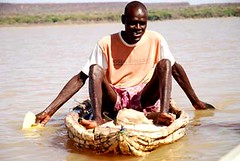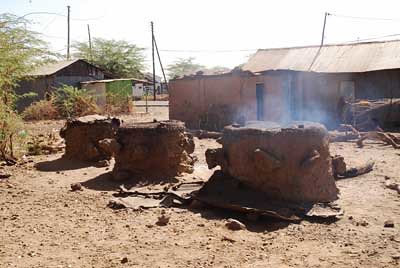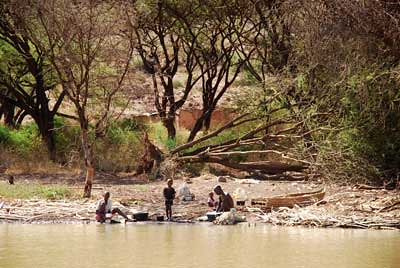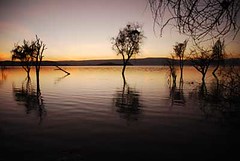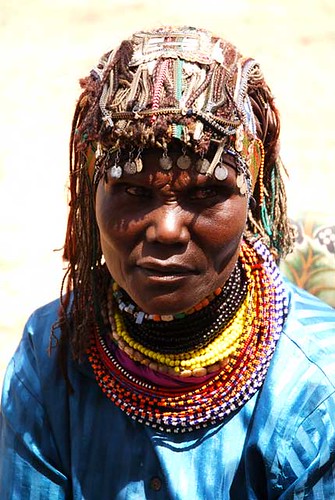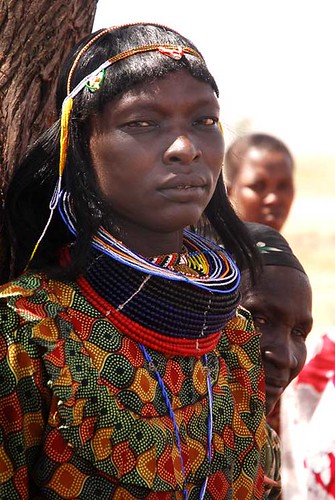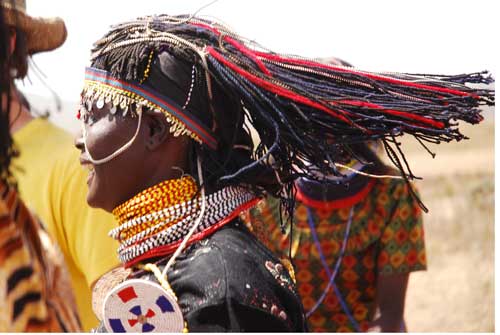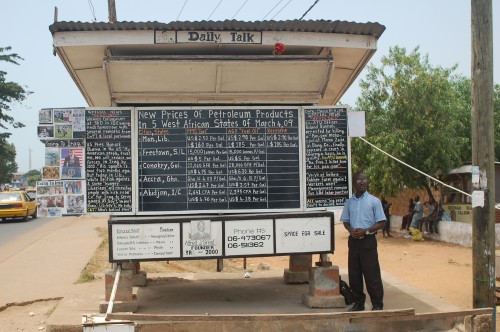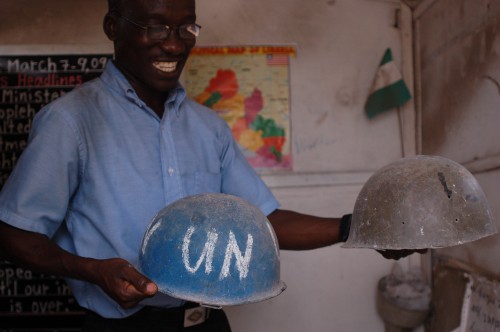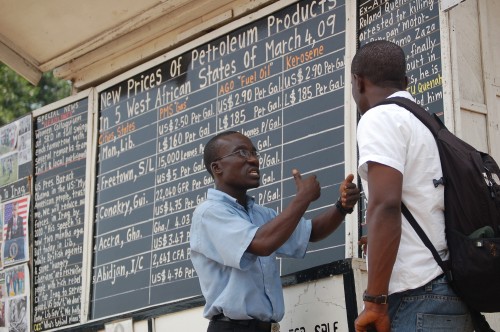Local school grounds in Sudan are a breeding pool for home grown games. The most popular seems to use any pole available, including those against walls, string & a soda bottle filled with rocks and dirt. Voila, you have a tetherball game at hand. About the only thing not found just laying around is the string and oddly enough that’s what needs to be replaced often, as can be seen by the photo with the variations in colored string.
[Editors note: these pictures were taken during a sand storm]
Another home grown game seems to bear some resemblance to cricket. They throw a small rubber ball at another person who tries to kick it. If they are successful they run between two pre-determined locations, stacking rocks/stones/bricks at each point, until the other team can return the ball to try and hit them with it.
Oddly enough, it seems volleyball is another popular sport. I know of at least four schools which have installed volleyball nets
(This story is from Taylor Martyn, a photographer and missionary in Southern Sudan.)


